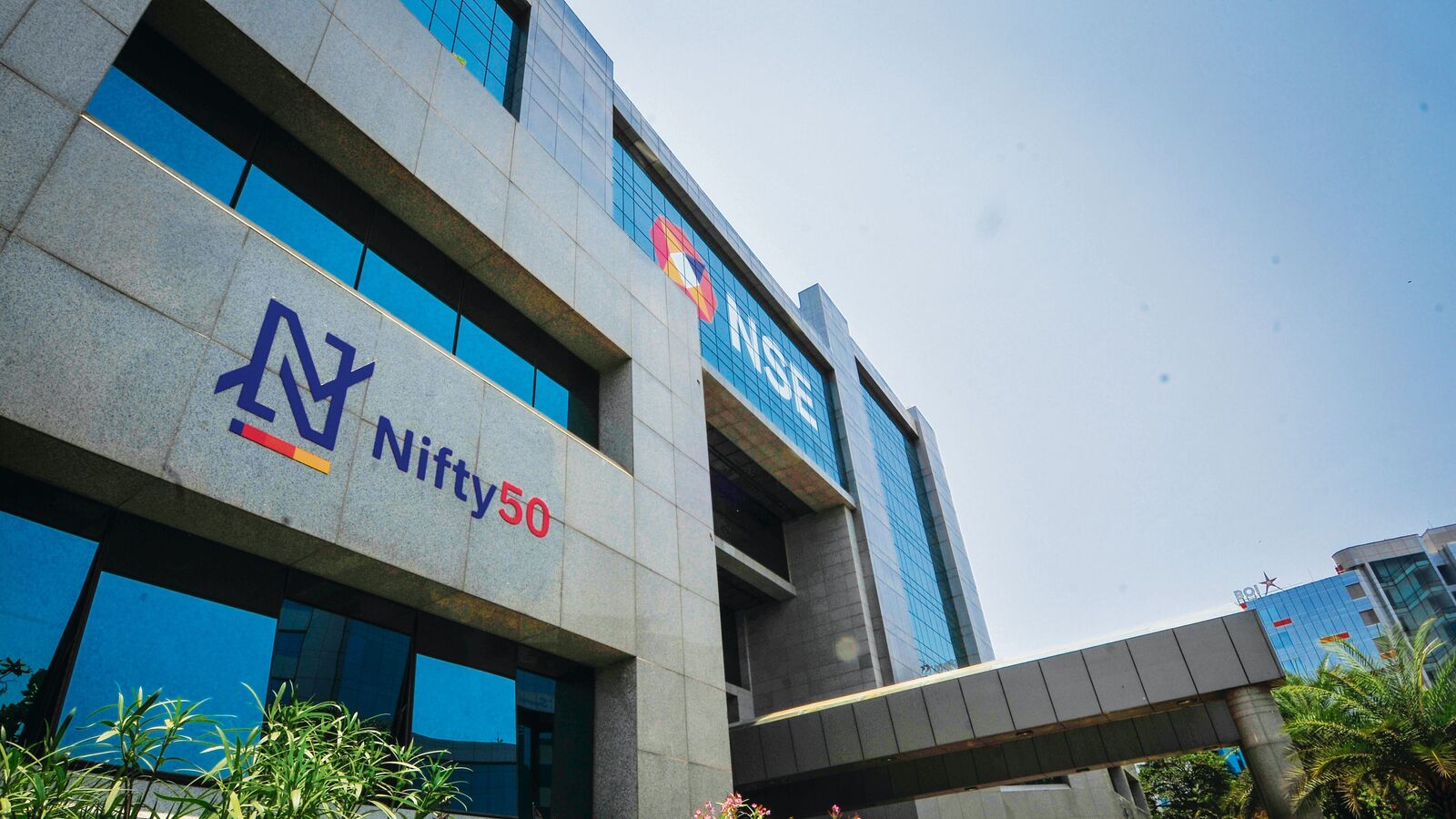Mumbai: A enchantment of weakness in Asian markets spilled in Indian shares on Friday, causing a sale that flooded over sectors. Indian markets that had averted a steep decline the day before, 1.5%fell because the fear of an American recession and its consequences grew. An important victim was the pharmaceutical sector, who promised US President Donald Trump to then aim.
The Nifty 50 fell 1.5% to close at 22,904.45, while the Sesex fell 1.2% and ended at 75,364.69. The smaller shares took a larger hit, with Nifty Midcap 100 that tumbled 2.9% and Nifty Smallcap 250 3.3% dropped. Elsewhere Hong Seng of Hong Kong, China’s Shanghai Composite, the Japanese Nikkei and Kospi in South Korea, 1.5%, 0.2%, 2.8%and 0.9%respectively.
Nifty Pharma who won a day before, fell 4%and became the second worst performer under NSE sectors, just behind Nifty Metal that fell 6.6%. All sectoral indices ended the day in the red, except handy FMCG that closed flat. At night, Trump had stated that he intends to impose pharmaceutical rates on “a level that you have never seen before”.
Read also | Bure Market Pain starts. ‘This is how you sabotage the economic engine of the world’
The previous day was the market reaction “surprisingly better than expectations,” said Gaurav Dua, senior vice-president and head of the capital market strategy at Mirae Asset Sharekhan, while investors left hope from the relatively lower mutual rates of India. Moreover, he believes that the weekly decline of Thursday could also have played his role in limiting the damage.
“Continuous weak global indications and the possibility of negative growth in the global economy have led to the selling of today,” Dua added.
The tariff shock will probably reflect in the American inflation and growth output in the coming weeks. Investors are expected to be closely in the level of important indicators on jobs, inflation and retail to measure the health of the American economy. Any softening of data can concern fans about a recession or stagflation in the US, making more investors risk -avoiding.
According to Mark Haefele, Chief Investment Officer, Global Wealth Management at UBS AG, there is a 50% chance that the American rates will be rolled back after negotiations. Despite such reductions at the end of the year, the immediate shock is expected to slow down the American economy, which means that 2025 growth will come closer or below 1%, he said in a note of 3 April.
Read also | Markets can wilt under our mutual rate weight
Apart from heavyweights such as Reliance Industries, Larsen & Toubro and Infosys, Nifty’s sharp drop was also led by Tata Steel, TCS, Tata Motors, Hindalco Industries and Sun Pharmaceuticals.
Nevertheless, the Indian shares have done better so far than most, except Taiwan and Indonesia, so that the smallest fall has been clocked since Trump’s tariff bomb.
Analysts at Bernstein believe that India is well positioned to navigate through the rate challenges and will probably prefer negotiations above escalation.
“The immediate negative sentiment must be visible in the markets, but we still retain our second half of macro recovery and consider a potential trade agreement with us as a positive development in the long term,” said the report of 3 April of Bernstein. The most important risk, she added, lies in a possible American recession that affects certain sectors.
According to provisional BSE data, FII’s Indian shares sold £3,483.98 crore on Friday, while Diis has just sold shares £1,720,32 crore.
Read also | Do not blame Trump for all the problems of the stock market
Hope for India
Feroze Azeez, deputy CEO at Anand Rathi Wealth, believes that no other emerging economy has been placed as well as India to take advantage of the current global commercial shifts. He also pointed to the Solid Macro for views of India, with the Q3 FY25 -BBP growth with 6.2% and strong tax collections that help keep the tax shortage on the right track.
“Taking into account these factors, we expect that nominal GDP growth will remain in the reach of 10-11% in the coming years, so that India will be positioned as one of the fastest growing economies among emerging markets,” he said.
In the meantime, Prashant Khemka, founder of Whiteoak Capital Management, said: “India has lost a lot of weight (with regard to the imposition of mutual rates)”. While other countries are hit hard by rates, India can actually take a break, with higher rates elsewhere that gradually shift the market share, he said.
With persistent concerns about an American recession, he expects that foreign investment flows gradually take the line. However, if the American market remains or even performs in line with emerging markets, the comeback can be faster, he added.
Read also | Will lower rates lure FPIs back from other emerging markets?
“Continued macro-economic stability, sequential decline in inflation, green shoots in rural growth and rbi’s rate cut cycle are signs of optimism for indian markets. And“ with India’s economy facing limited impact from trumps chances of channel. Said Dhiraj Relli, MD and CEO, HDFC Securities.










